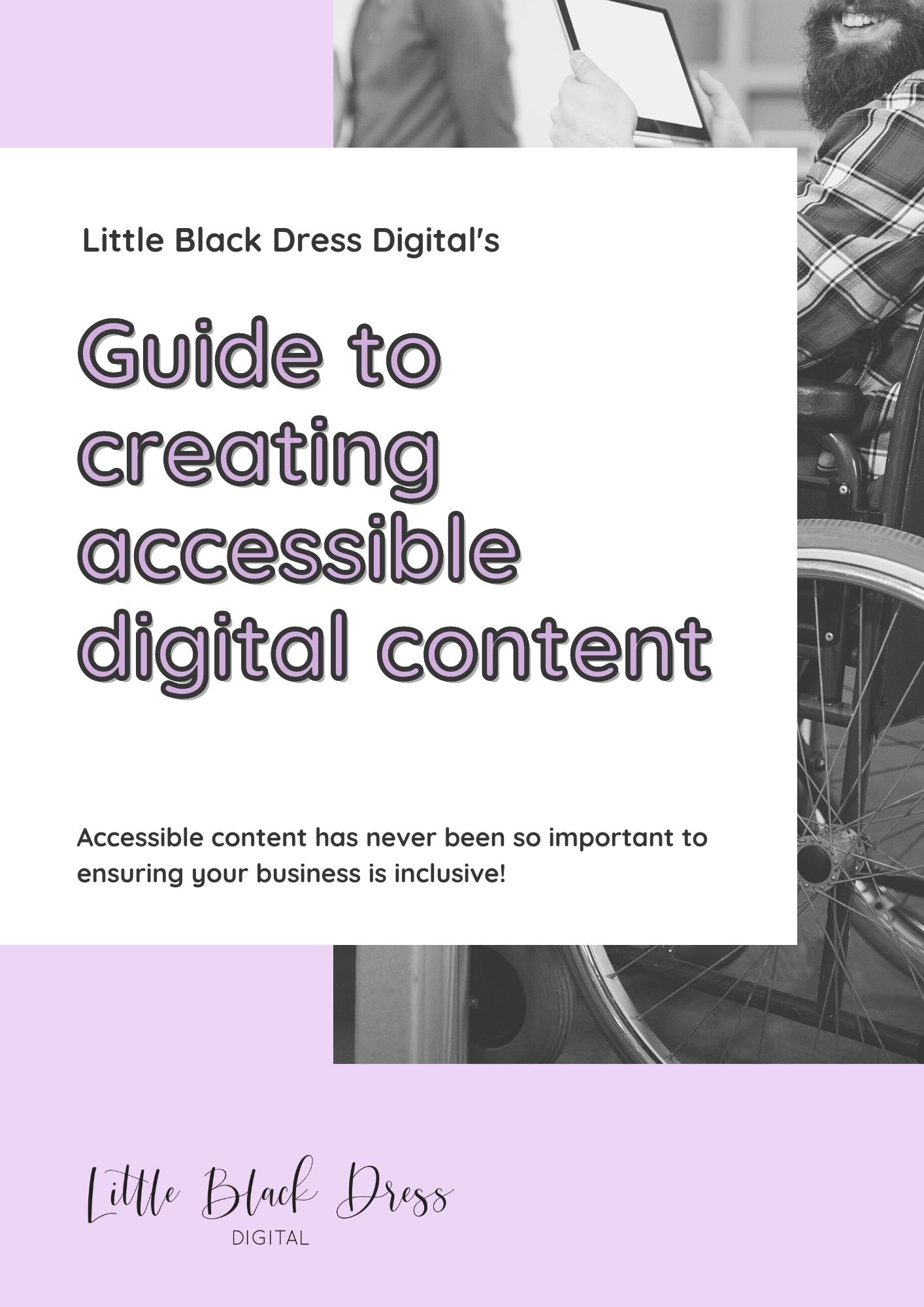Email marketing is a powerful tool that can help businesses connect with their customers and drive sales. However, creating an effective email marketing campaign can be challenging. In this blog post, we’ll discuss some tips and best practises for creating an effective email marketing campaign that will help you achieve your goals.
What is email marketing?
Email marketing is a digital marketing strategy that involves sending emails to a targeted list of subscribers with the goal of promoting a product or service, building brand awareness or nurturing customer relationships. The emails may include various types of content, such as promotional offers, newsletters, updates or educational resources. They’re often personalised and segmented to deliver relevant messages to specific groups of subscribers.
Email marketing is a cost-effective and efficient way to reach a large audience and drive conversions, plus it can be used by businesses of all sizes and industries. It also has one of the highest returns on investment of $36 for every $1 spent.
Step 1: Define your email marketing goals
Before you start creating your email marketing campaign, it’s important to define your goals. What do you want to achieve with your campaign? Are you looking to increase sales, drive traffic to your website, or promote a new product or service? Once you’ve identified your goals, you can create a campaign that is tailored to achieve those goals.
Step 2: Build your email list
The success of your email marketing campaign relies heavily on the quality of your email list. Make sure you’re collecting email addresses from your customers and prospects through various channels, such as your website, social media, events and in-store promotions. You can also use lead magnets such as free eBooks, webinars or exclusive content to entice people to sign up for your email list. LBD Digital has done this with our free guide on how to create accessible content.
It’s important to note that you should always ask for permission before adding someone to your email list. This means that you should have a double opt-in process in place where subscribers confirm their subscription to your list.
Step 3: Segment your email list
Once you have a solid email list, it’s important to segment it. Segmentation involves dividing your email list into different groups based on their interests, behaviour or demographics. This allows you to send targeted emails that are personalized to each group, resulting in higher open rates, click-through rates and conversions.
You can segment your email list based on a variety of factors, such as:
- Demographics (age, gender, location, etc.)
- Purchase history
- Website activity (pages visited, items added to cart, etc.)
- Engagement (opens, clicks, etc.)
Step 4: Choose an email marketing platform
There are many email marketing platforms available, each with their own features and pricing plans. When choosing an email marketing platform, consider your budget, the size of your email list and the features you need to achieve your goals.
Some popular email marketing platforms include:
Step 5: Design your email
The design of your email plays a big role in its success. Your email should be visually appealing, easy to read and consistent with your brand. Use a clear and compelling subject line to grab your subscriber’s attention and entice them to open your email. Be careful though, as certain words like “sales” can also often cause emails to end up in junk boxes, so avoid words like that in your subject line.
When designing your email, keep the following best practices in mind:
- Use a clear and concise message
- Include a call-to-action (CTA) that encourages subscribers to take action
- Use images and graphics that support your message
- Optimize your email for mobile devices
Step 6: Write interesting copy
The copy in your email should be engaging and informative. Use language that speaks to your subscribers and encourages them to take action. Avoid using jargon or overly promotional language, as this can turn off your subscribers.
When writing your email copy, keep the following best practices in mind:
- Keep your message focused and concise
- Use short paragraphs and bullet points to make your email easy to read
- Personalise your email by using the subscriber’s name or other personal information
- Use an active voice and strong verbs to create a sense of urgency
Step 7: Test and measure
Before you send your email, it’s important to test it to ensure that it looks and functions properly. Send a test email to yourself and even send it to a friend if you don’t have another staff member to check for any errors or formatting issues.
By following these steps, you can create effective email marketing campaigns that connect with your audience, drive engagement and achieve your goals.
If you are still struggling with email marketing, get in touch with LBD Digital to see how we can help!


